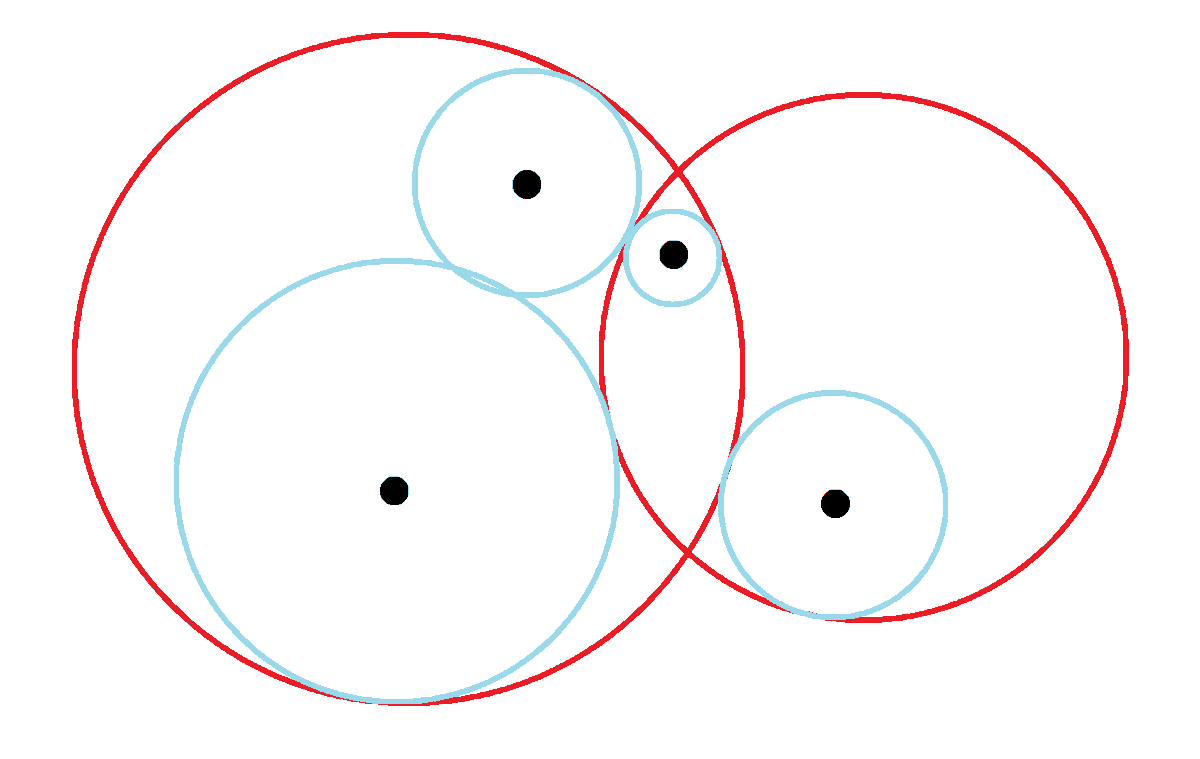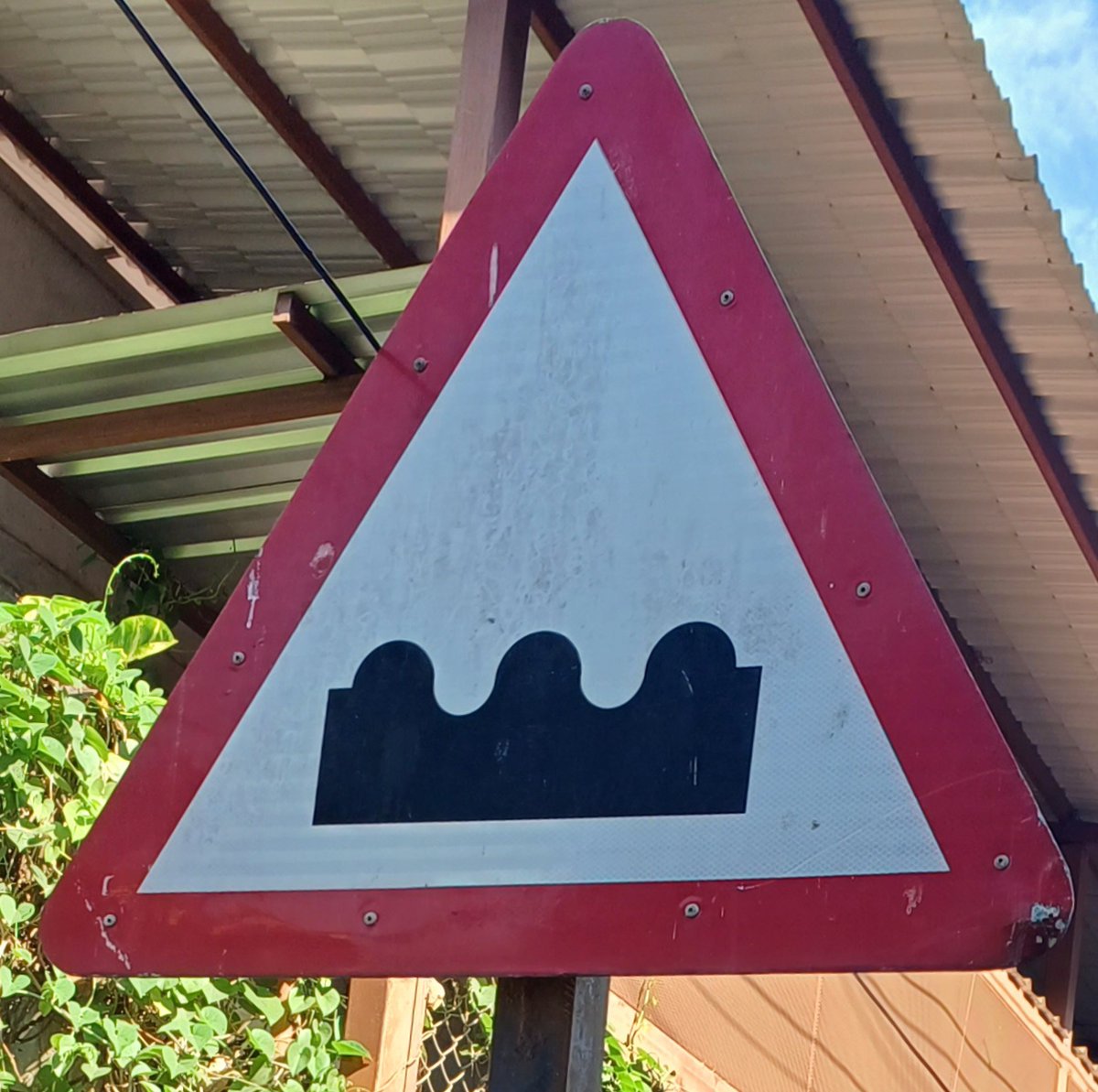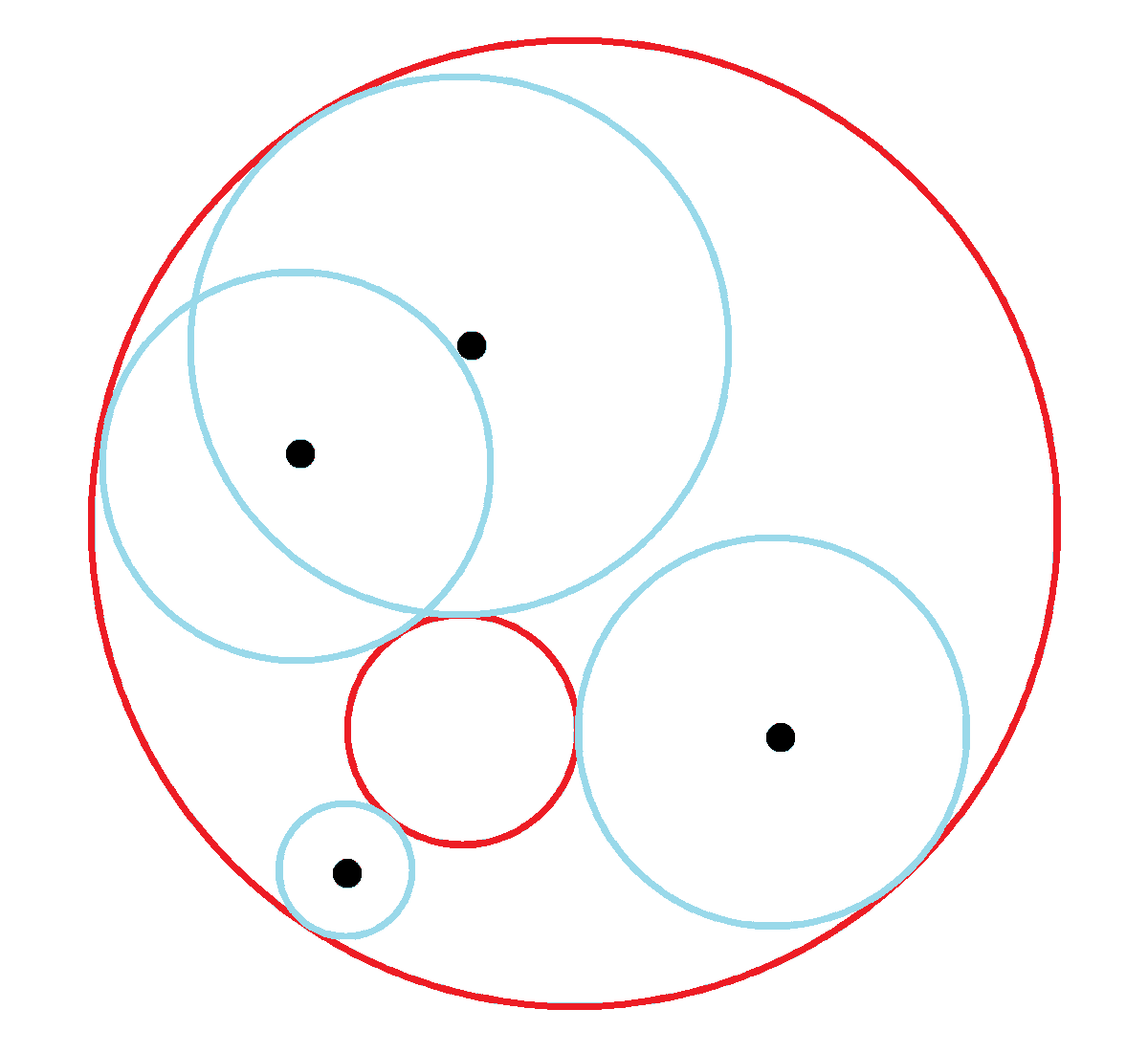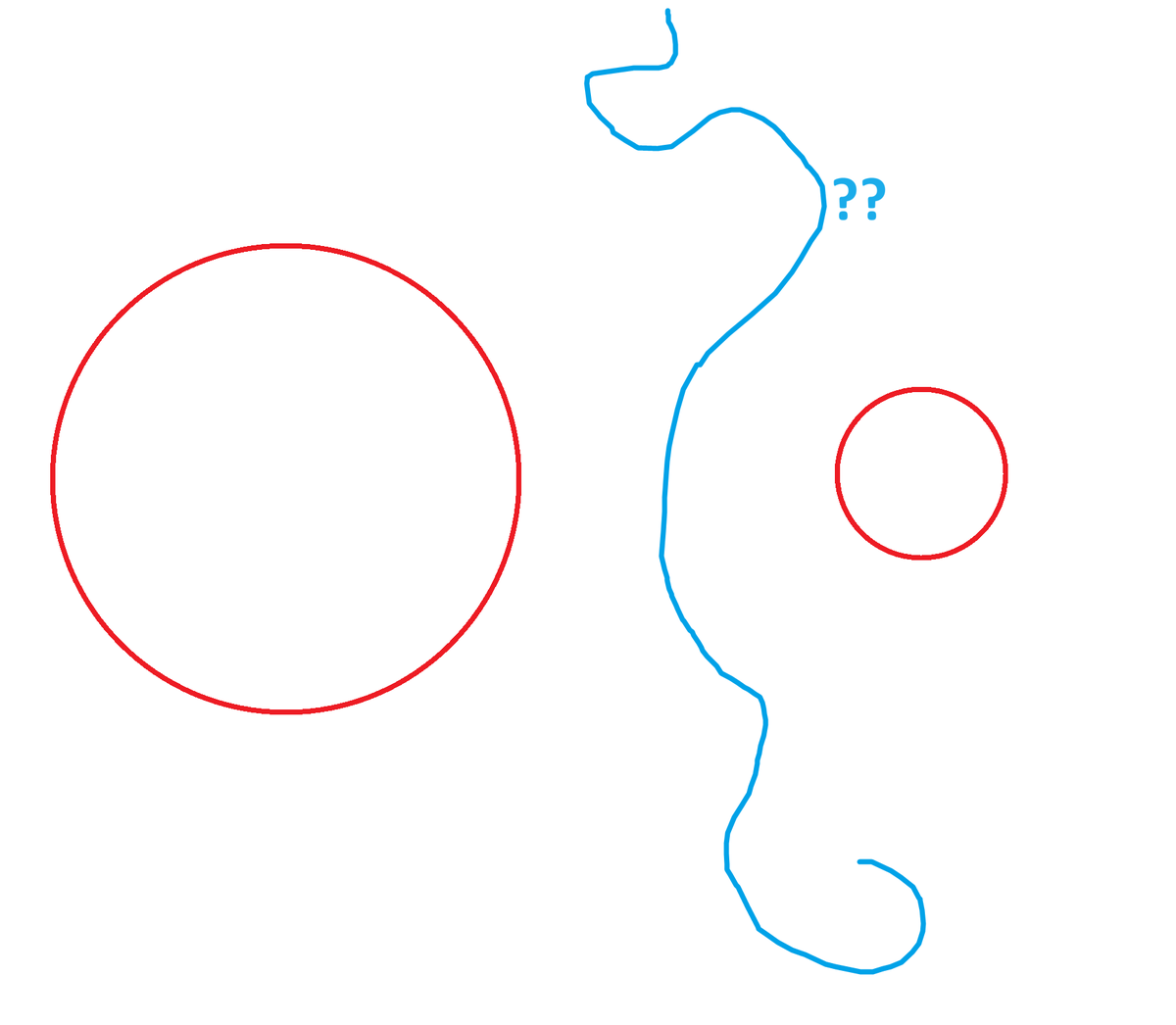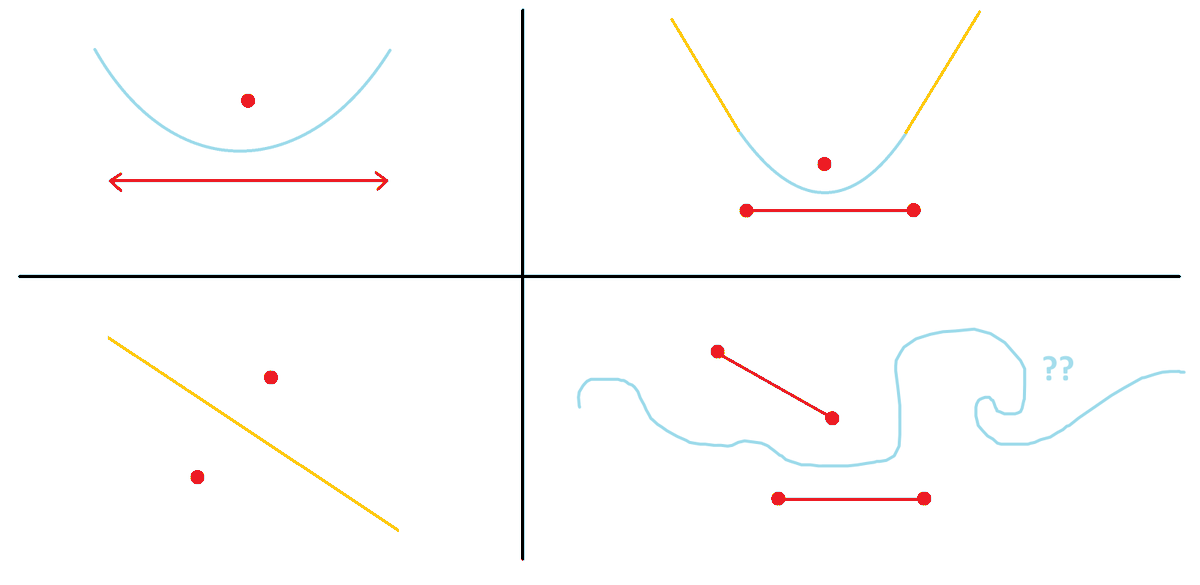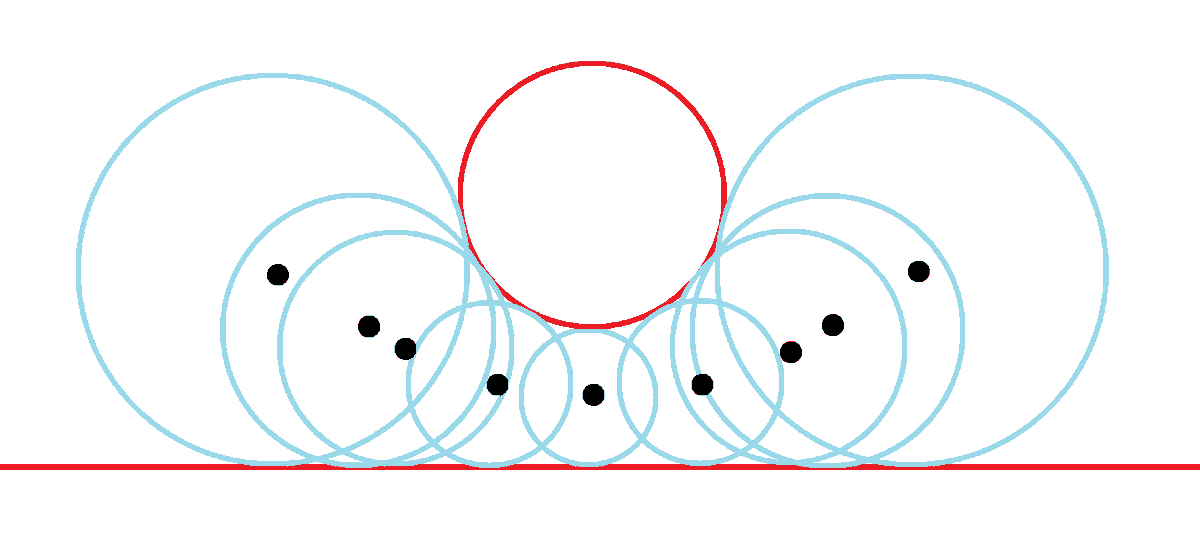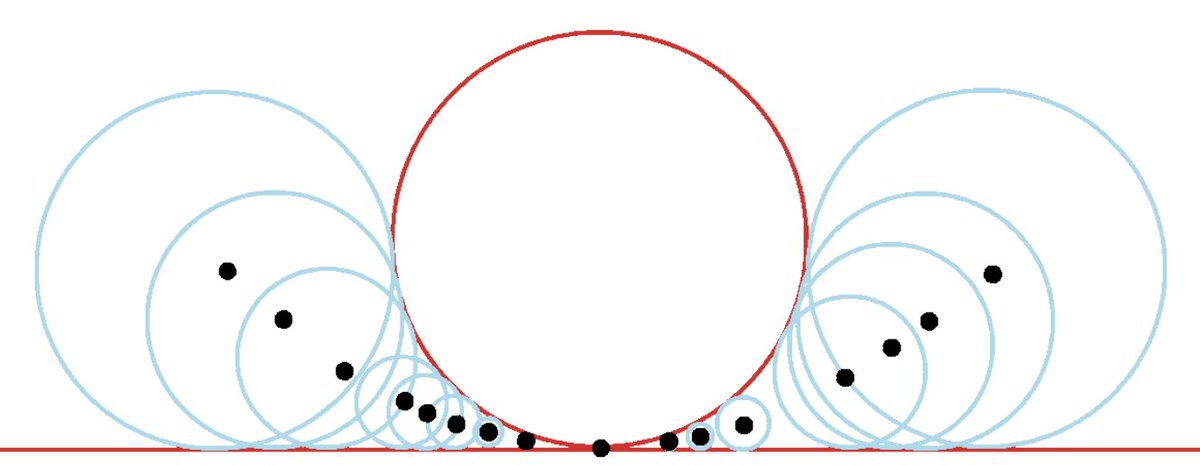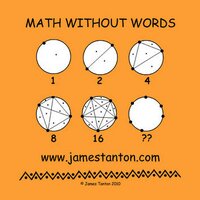
James Tanton
@jamestanton
An Aussie fellow promoting uplifting joyful genuine math thinking and doing for students & teachers alike. Thrilled: https://t.co/1MUZpXFold reaching millions!
ID:100076513
http://www.gdaymath.com 28-12-2009 23:28:57
20,2K Tweets
33,5K Followers
1,0K Following
Follow People












Sunil Singh James Tanton describes Exploding Dots as a way to visualize long division, not a replacement. Once you understand it, you realize it's the same thing as long division and can use the simpler, standard algorithm with confidence.
gdaymath.com/lessons/explod…


Following David Marain Fred G. Harwood
Call N 'sandwiched' if N-1 and N+1 are both prime numbers.
a) If N>4 is sandwiched, then N is a multiple of 2x3=6. Why?
b) If N and 2N are each sandwiched, then N is a multiple of 2x3x5=30. Why?
c) If N, 2N, and 3N each each sandwiched, then N is a
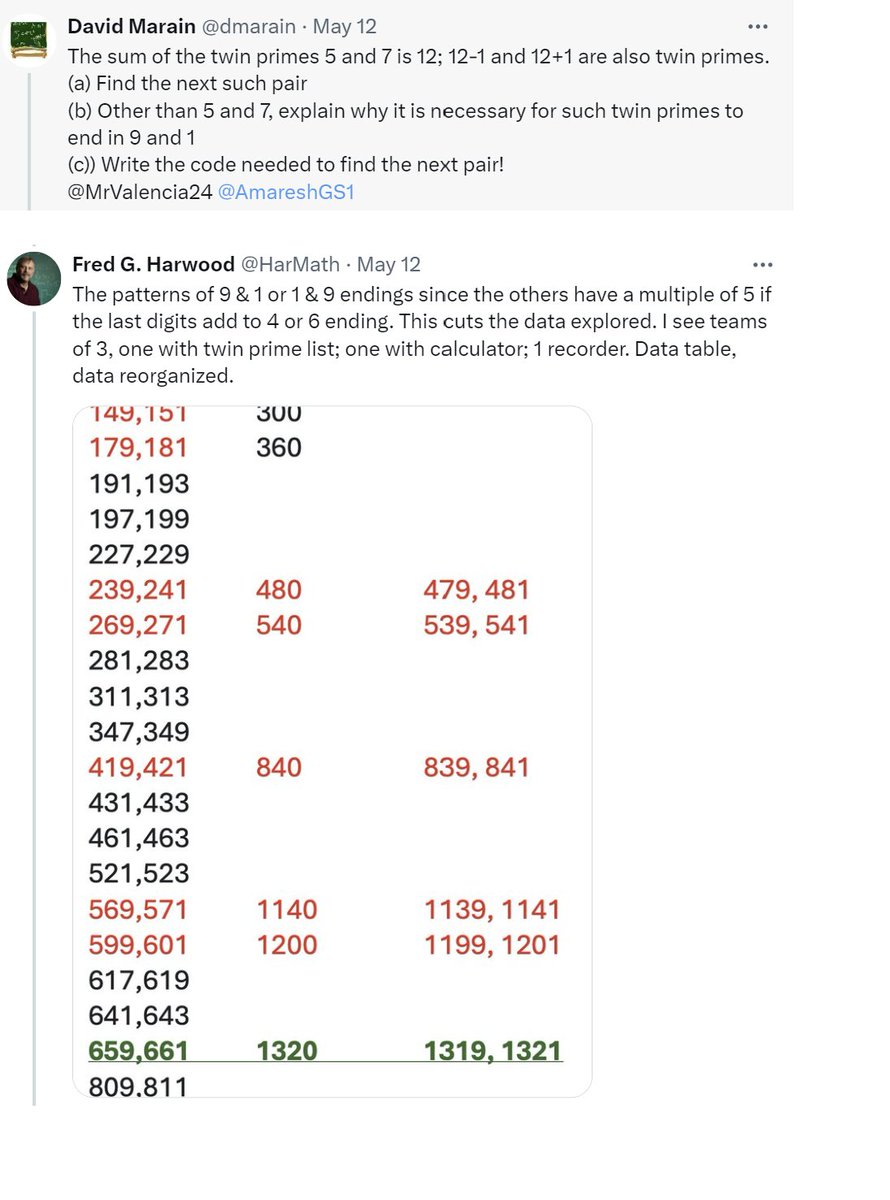












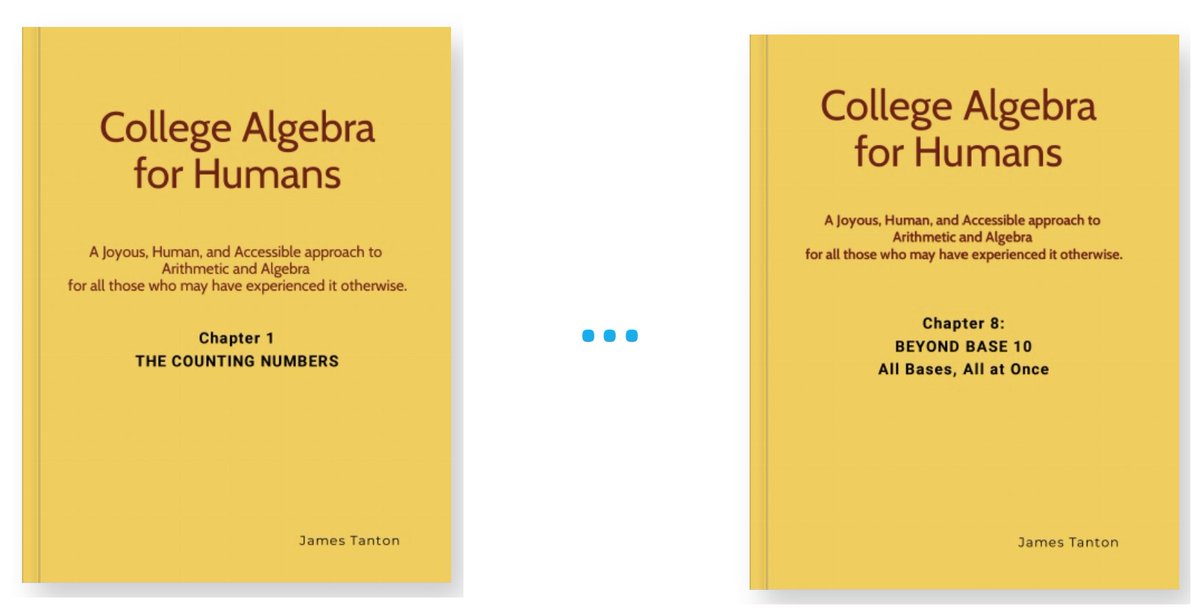
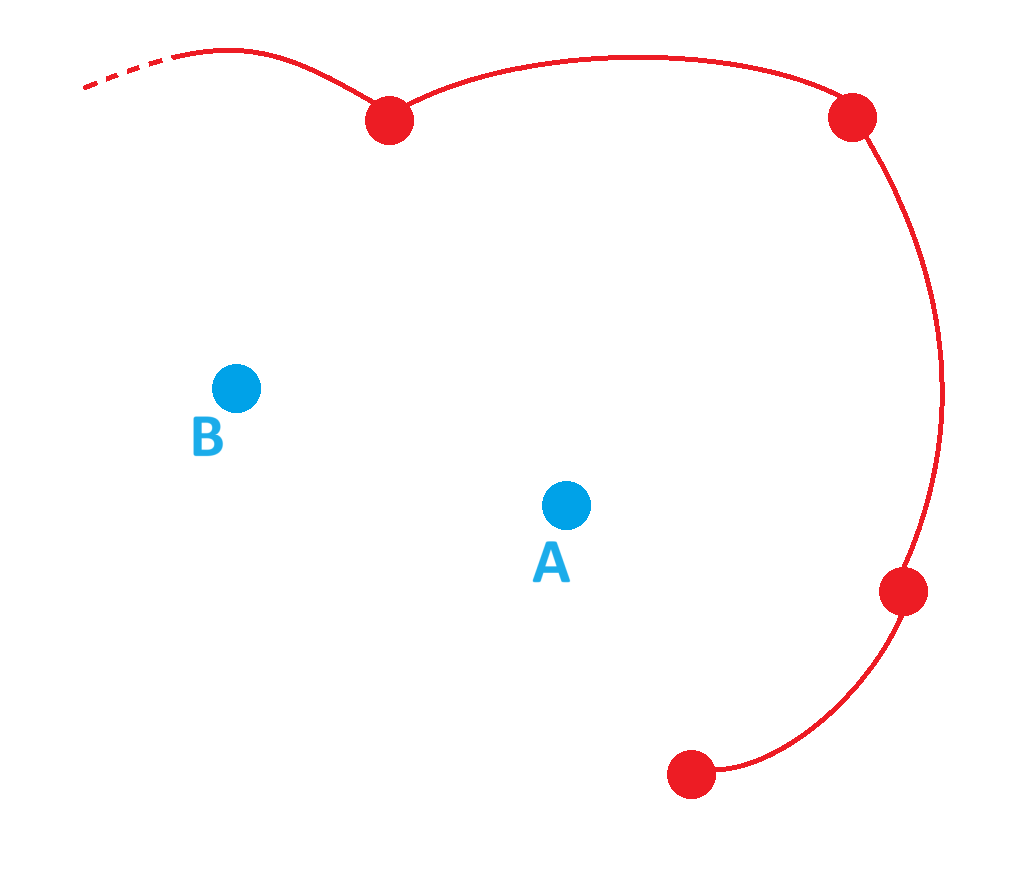
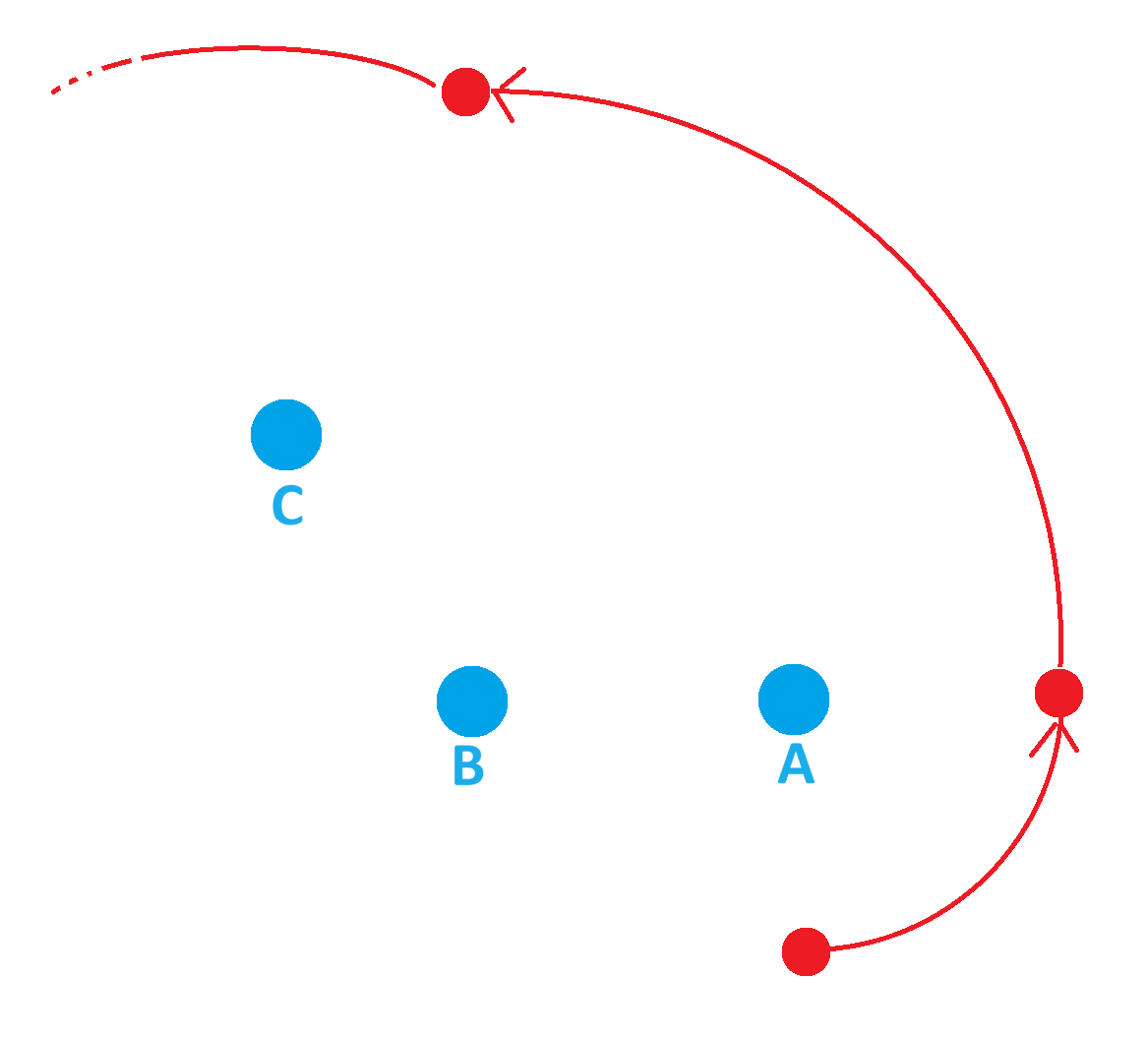


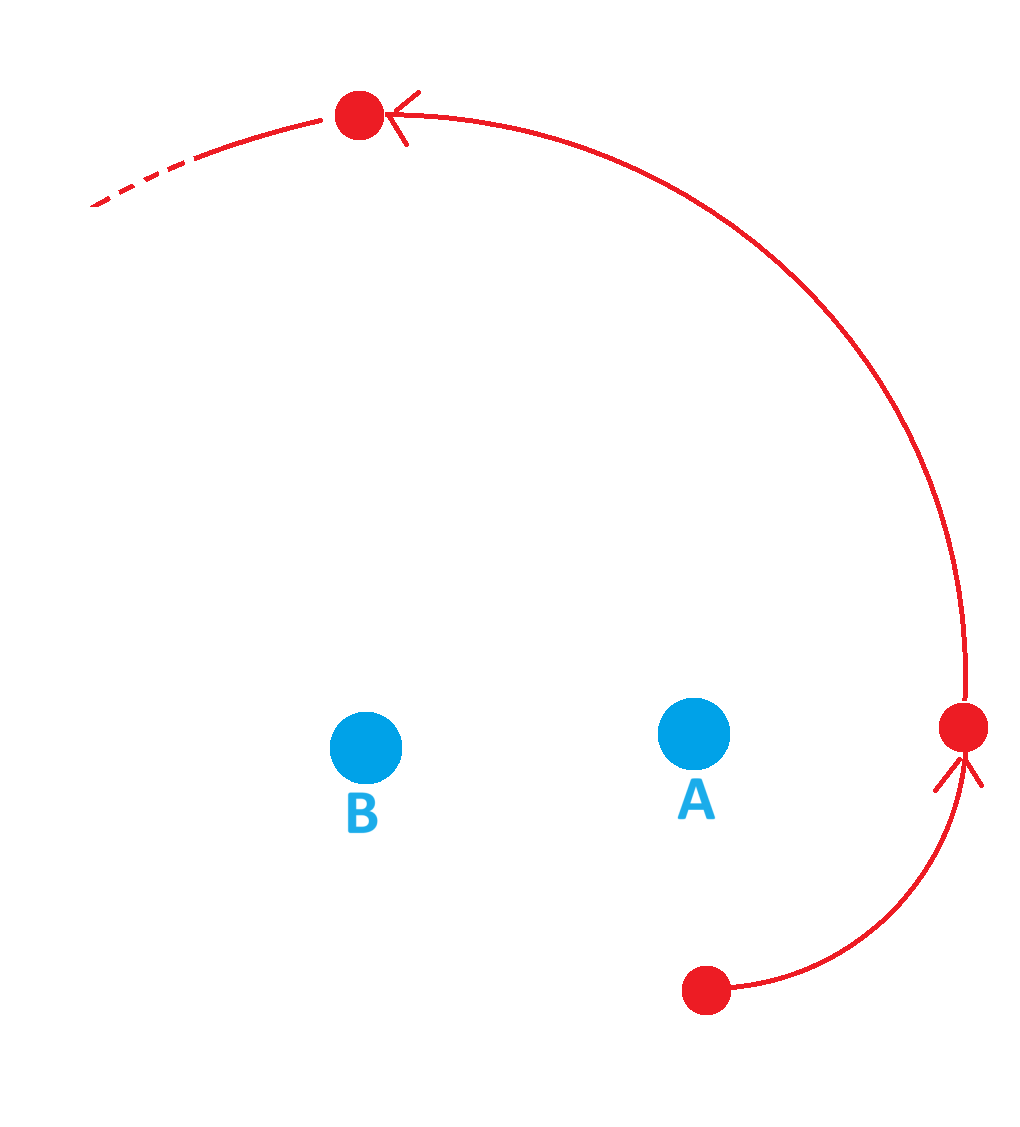
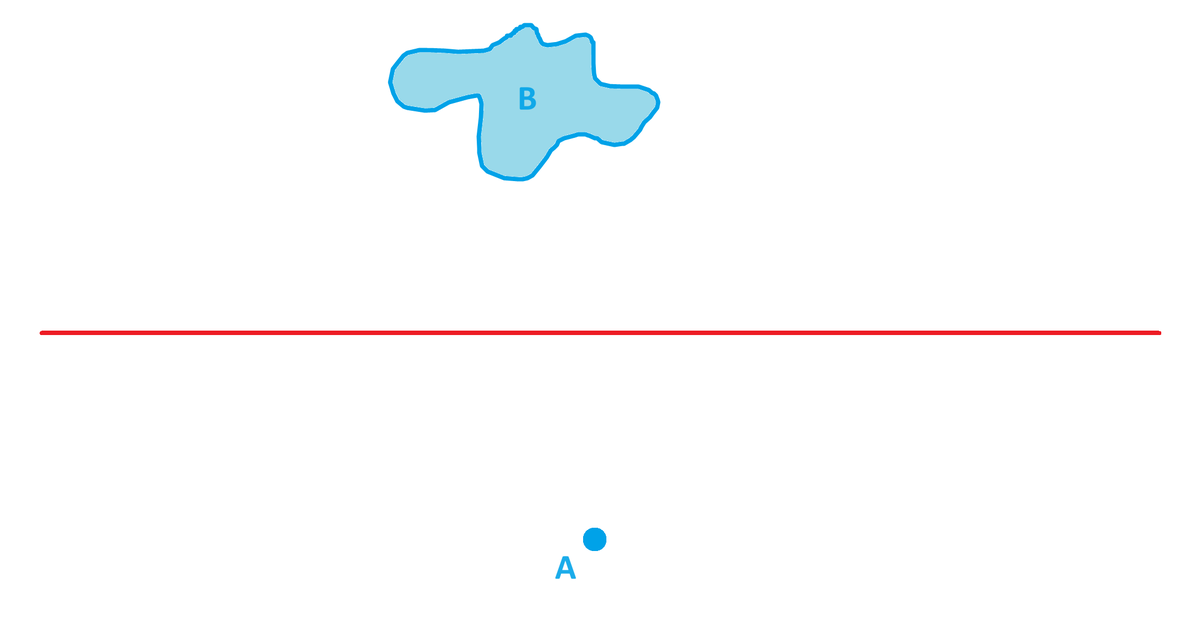
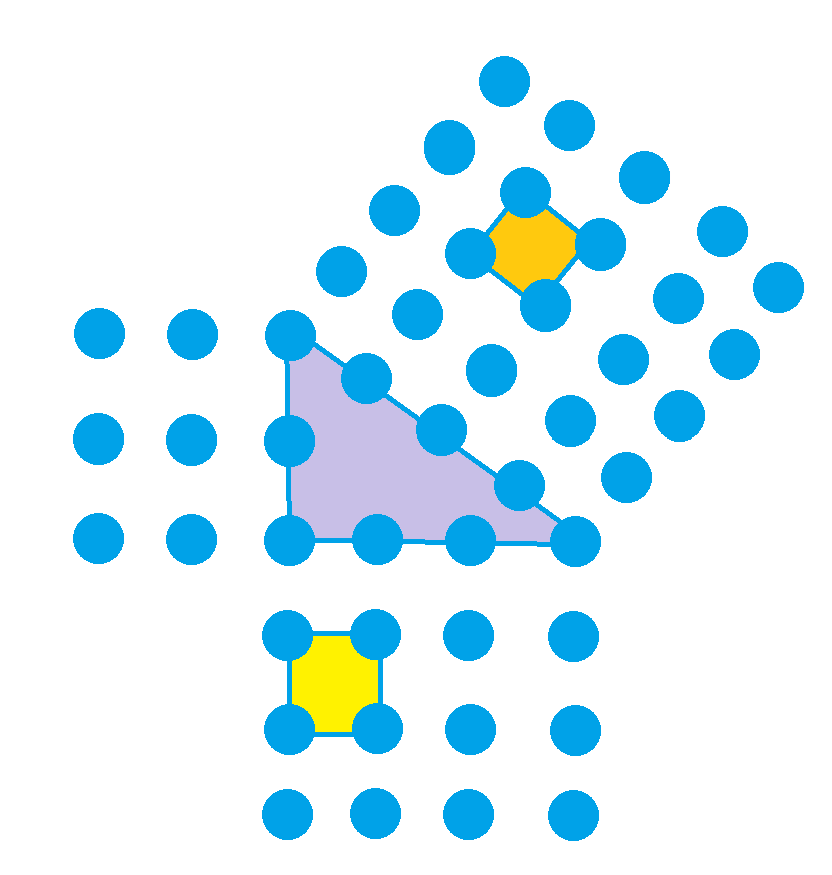
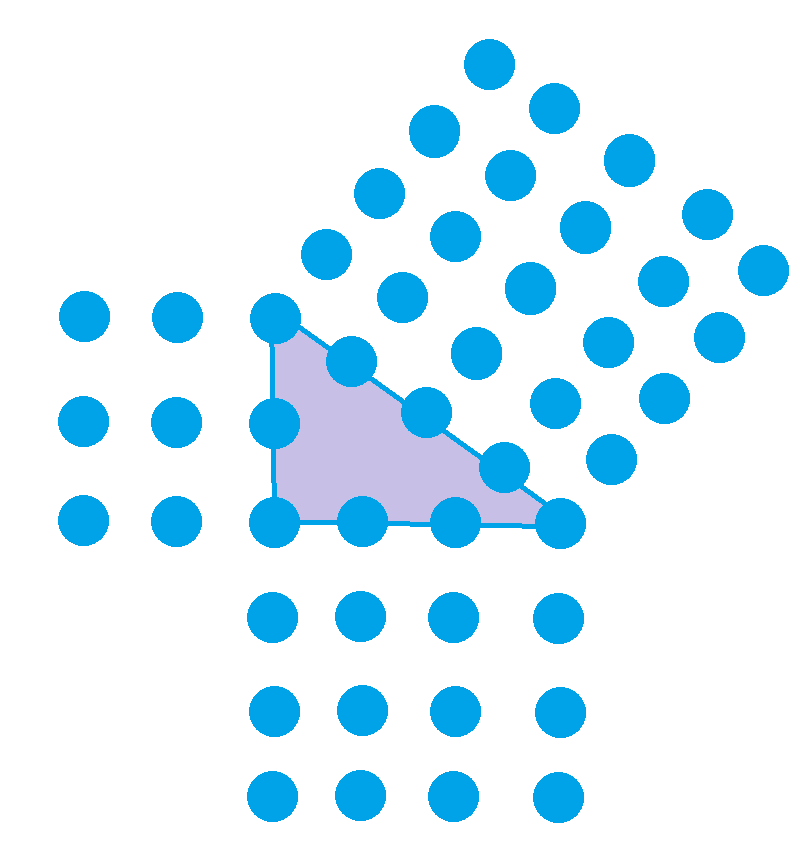
![James Tanton (@jamestanton) on Twitter photo 2024-05-17 08:44:00 Backwards ... Circle C & point P inside the circle. For each point on C draw the circle that passes through P. What is the convex hull of all these circles? [I can get parametric equns for this enveloping curve. But I suspect an explicit equation for it is quite unpleasant!] Backwards ... Circle C & point P inside the circle. For each point on C draw the circle that passes through P. What is the convex hull of all these circles? [I can get parametric equns for this enveloping curve. But I suspect an explicit equation for it is quite unpleasant!]](https://pbs.twimg.com/media/GNjVHa7bgAE8a0N.png)
